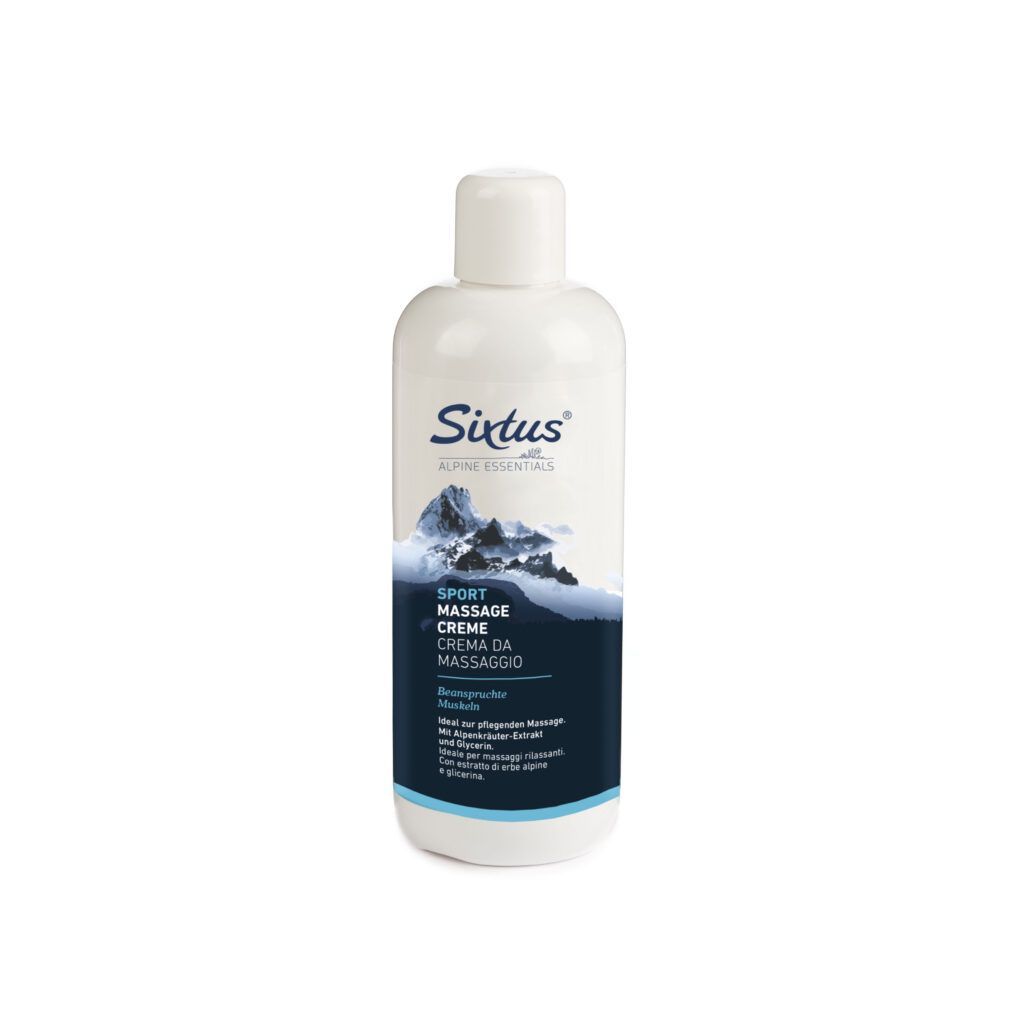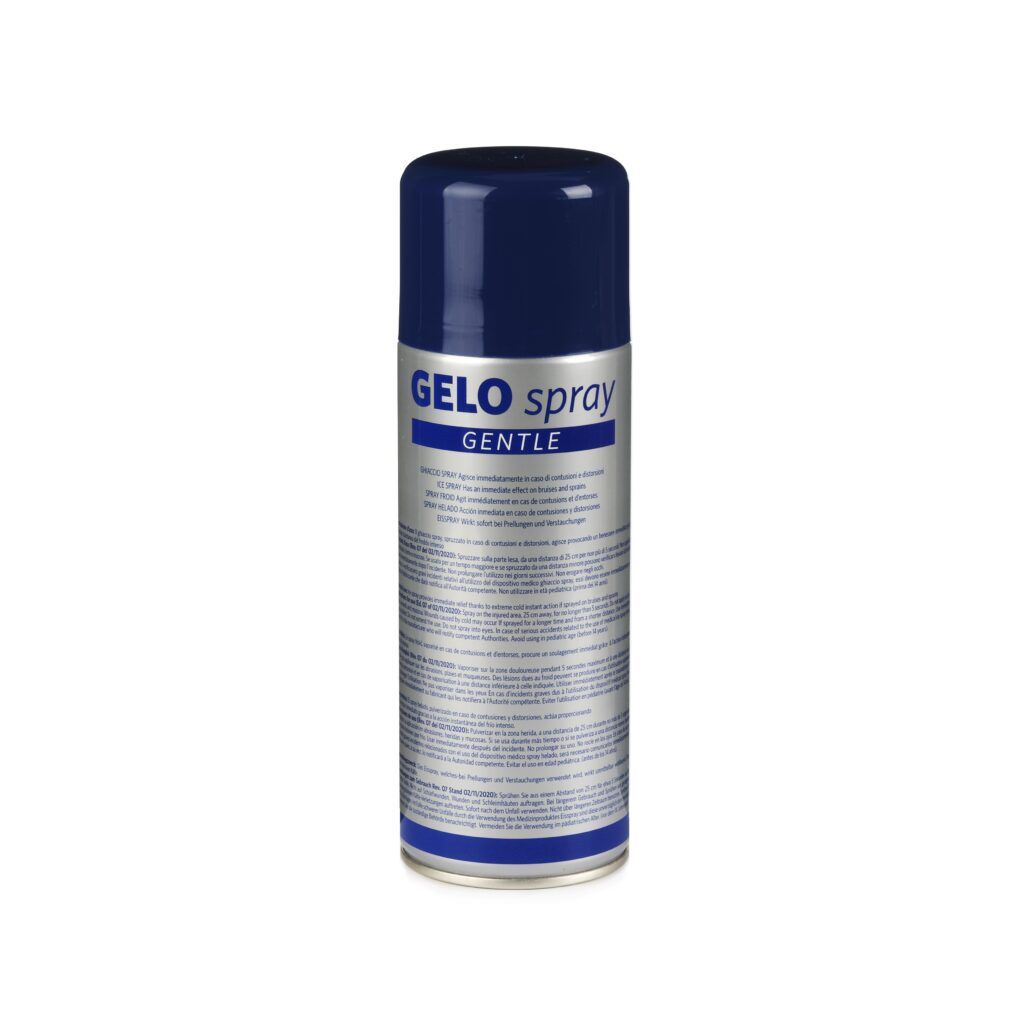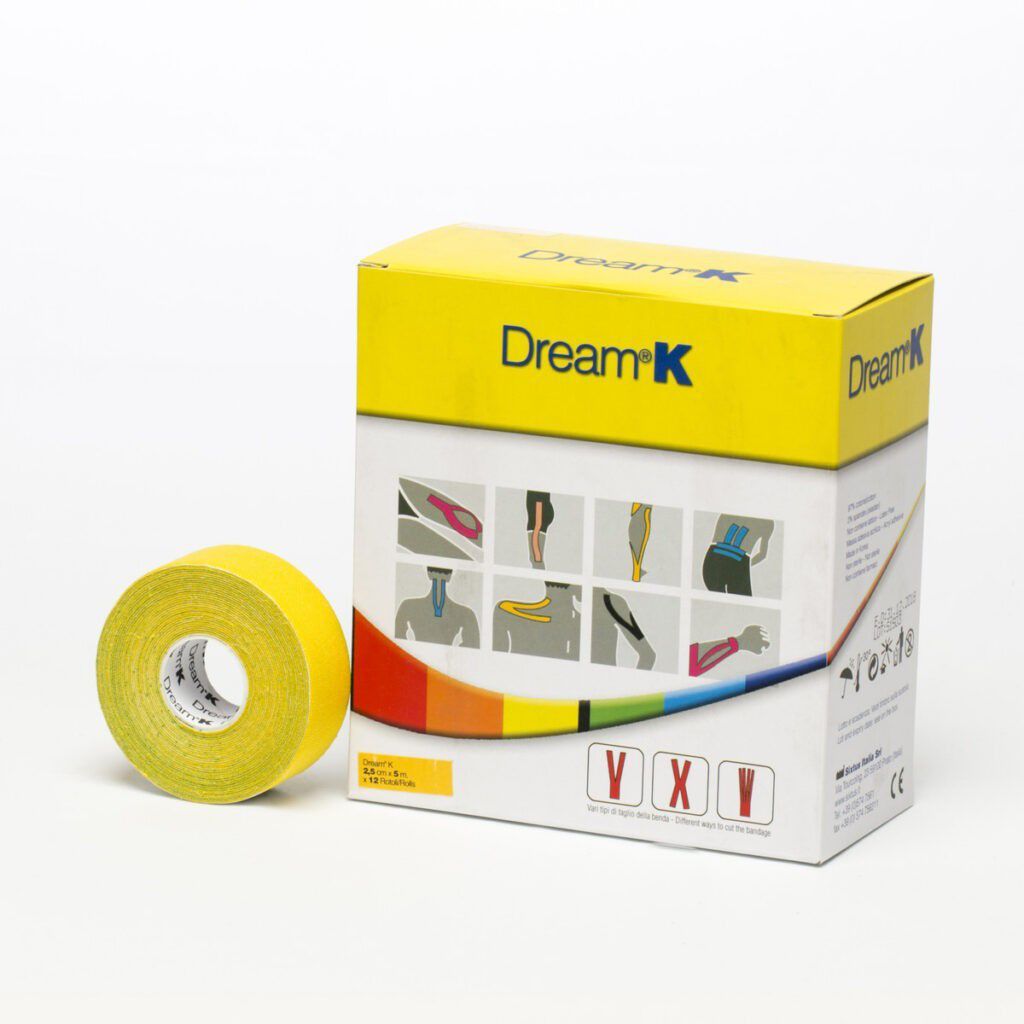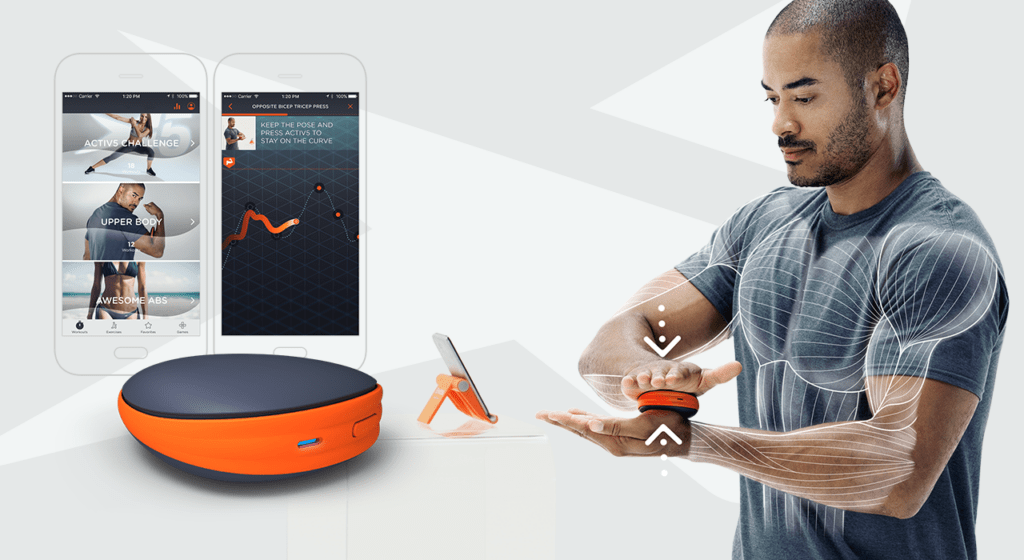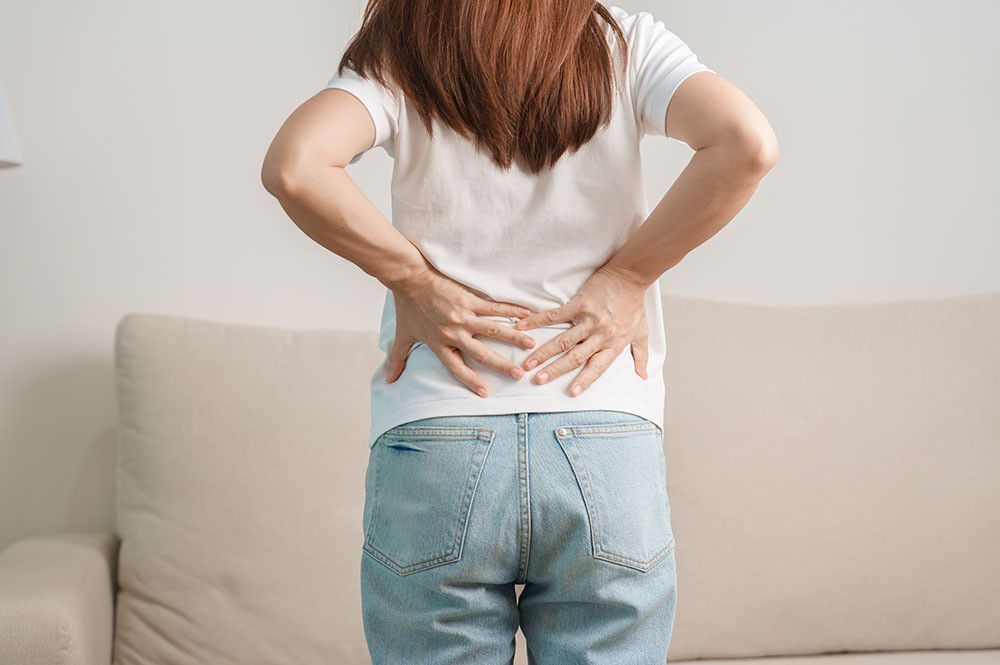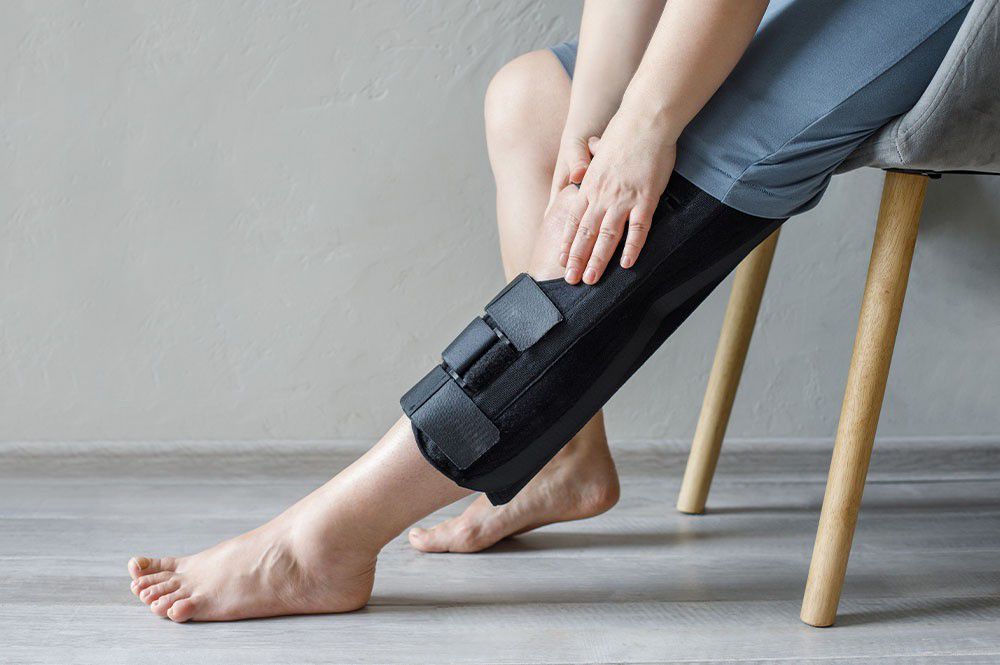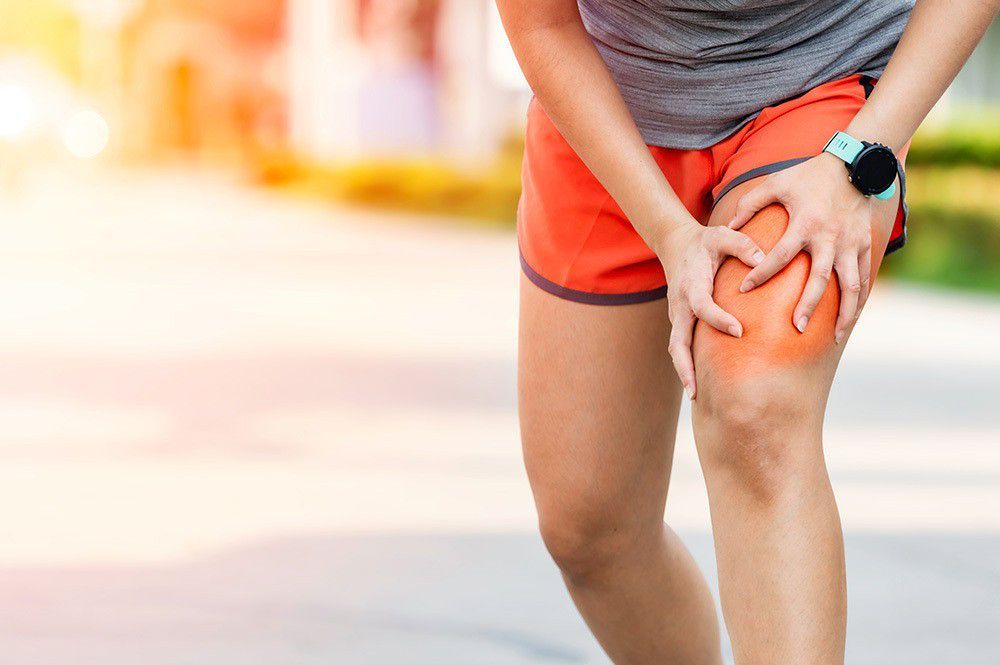Knee and arthroscopy: the role of physiotherapy in the postoperative period
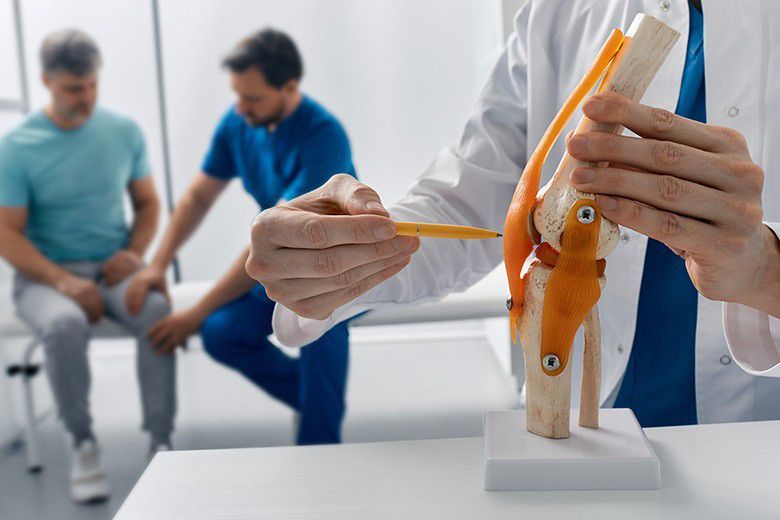
- 1 General informations
- 2 The role of the physiotherapy
- 3 How to do
Knee arthroscopy (joint endoscopy): what is it?
Knee joint endoscopy, medically known as knee arthroscopy, is used to diagnose and treat diseases and injuries of the knee joint. This minimally invasive procedure is often used for meniscus injuries and cruciate ligament injuries but also for diagnostic and therapeutic purposes in cases of knee inflammation or infection.
Knee arthroscopy is a minimally invasive procedure for the surgical treatment of meniscus and cruciate ligament injuries. Instruments are inserted into the knee joint through small incisions in the skin, through which meniscus or ligament injuries can be treated gently. The knee joint can be cleaned and flushed with antibiotics if infection or inflammation occurs.
How is the operation performed?
Knee arthroscopy is frequently performed on an outpatient basis. An optical device, often like a pencil with a camera, is introduced into the knee joint through a small skin incision. Another incision is made for the introduction of the surgical instruments. Throughout the procedure, the joint is irrigated with a special liquid, which expands the joint space and improves the visibility of the camera.
Let’s look at some different applications.
- Meniscus surgery: an injured meniscus is sutured or partially removed. In cases of pervasive meniscus injuries, total removal may also be necessary. In this case, a meniscus replacement, a so-called collagen meniscal implant, is used. Broken pieces of cartilage or bone can also be removed arthroscopically.
- Cruciate ligament surgery: injured cruciate ligaments can also be sutured or replaced with parts of other tendons by knee arthroscopy.
- Synovectomy: chronic inflammation of the joint capsule or lining sometimes makes removing the inflamed joint lining necessary. This procedure is called synovectomy and can also be performed during a knee arthroscopy.
At the end of a knee arthroscopy, the function of the knee joint is checked, fluid is aspirated from the joint space, and the skin incisions are closed.
Why is physiotherapy important after arthroscopy?
The knee joint is under considerable stress, so the importance of physiotherapy for post-surgery recovery is crucial. Targeted physiotherapy exercises play a key role in ensuring the full function of the patient’s knee.
These exercises aim to strengthen the muscles surrounding the knee joint, improving coordination and gradually restoring mobility to the joint.
This allows the knee to gradually cope with increasing levels of stress week after week until it readjusts to normal daily activities. In most cases, light range-of-motion exercises can be started on the day of surgery, again with prior agreement with the treating physician and depending on the type of surgery.
Instrumental physiotherapy is important in promoting surgical wound healing and relieving pain.
The guidance of a physical therapist is crucial during this delicate phase, not least because:
- Too little movement can limit the future mobility of the joint.
- Incorrect movement can cause overloading of the joint and compromise healing.
- One should not strain the joint during the inflammatory phase.
Physiotherapy intervention first phase
In the first week after a knee arthroscopy, the joint is still in an inflammatory phase, a phase in which physiotherapy mainly involves pain-relieving and wound-healing measures. At this stage, passive training is provided, meaning that exercises are performed almost exclusively by the therapist, who mobilizes the knee and performs lymphatic drainage or other manual and instrumental physiotherapy procedures designed to reduce edema, pain, and inflammation.
Cryotherapy applications in the office or at home can ensure that swelling decreases and inflammation in the joint subsides. In the first week, the leg should be elevated so the foot is higher than the heart to facilitate venous and lymphatic return and help reduce edema and swelling. Only when this inflammatory phase subsides can the joint be put under “stress” again, but correctly.
Initially, walking is allowed only with reduced or no load and crutches.
With each step both supports are moved forward simultaneously.
Depending on the operation, crutches with brachial support should be used for up to two weeks, and the walking distance should slowly increase.
When climbing stairs, the healthy leg should go up first; then, the walking aid is pulled up with the operated leg. When descending stairs, the walking aid is placed on the bottom step first, then the operated leg, then the healthy leg.
Increasing stress in the proliferation phase
Once the inflammatory phase is over, the knee joint enters what is known as the proliferation phase, which lasts about two weeks, in which the wounds slowly close and healing begins. It is necessary to avoid standing and walking for long periods to avoid overloading the joint.
Manual and instrumental therapy can help prevent the adhesion of the structures surrounding the joint at and near the arthroscopic entry points that can be created due to the healing process.
At this stage, passive physiotherapy exercises with the physiotherapist are supplemented by active training, that is, movements performed by the patient. The knee can be trained in several short sessions at home without any effort, as smaller sessions, for example, five minutes every hour, promote blood circulation and stimulate wound healing. Mobility is slowly restored, and muscle building is enabled, but still with exercises should be performed without pain. In practice, the knee must be mobilized for a long time but with little effort.
Restoration of daily stress in the consolidation phase
In weeks three to eight after knee surgery, attempts are made to continuously increase the knee joint’s load, and crutches are usually no longer needed for walking during follow-up treatment.
During physiotherapy, the load on the knee joint increases more and more, until training even reaches the pain threshold. In addition to strength and endurance, joint position and coordination also improve.
At the end of physical therapy, the knee should be fully elastic again to make squats and lunges possible. In the consolidation phase, active training occurs almost exclusively under the supervision of physiotherapists or specialized personnel.
In detail, the training and duration of physiotherapy measures always depend on the type of surgery, the progress of healing, and the doctor’s instructions.
Sufficient movement of the knee joint after arthroscopy
The organizational phase is the period covering the year following knee surgery. The patient should continue physiotherapeutic exercises at home and perform regular stretching exercises. Strength training can be further increased, as can knee strength, increasing even more with sports that load the knee joint without abrupt movements, such as swimming, cycling, and hiking. Sports with many stop-and-go movements, such as ball games, tennis, or athletics, should not be practiced initially and later only in moderation.
Physiotherapy exercises after arthroscopy that can be done independently at home
The following are some exercises that patients can perform on their own.
- Thrombosis prophylaxis should be performed as early as the day after surgery. This can be done by repeatedly pulling the toes of both feet up and down while lying down (or later while sitting) and letting the feet rotate in both directions.
- Lying on your back, lift your toes up and press your knee on the surface under you while tensing your buttocks. Hold the position for 10 seconds, then release. This exercise can be repeated several times immediately after the knee endoscopy.
- You can then train the affected muscles more specifically. Lie on your back, bend your healthy leg to the height of the knee joint, and lift your foot. Extend the operated leg with the toe pointing outward. Lift the outstretched leg over the healthy one as if climbing a mountain.
- From the second week onward, seated exercises can be performed. Sit in a chair, lift the affected leg, rotate the toe outward slightly, squeeze the toes together, and then release again.
- Sit in a chair with your legs on the floor. Hold a book between your feet. Then, lift your lower legs, bring your feet together parallelly, and hold the book in place. Lift until your knee is straight. Hold the position for about five seconds, then lower your feet again.

